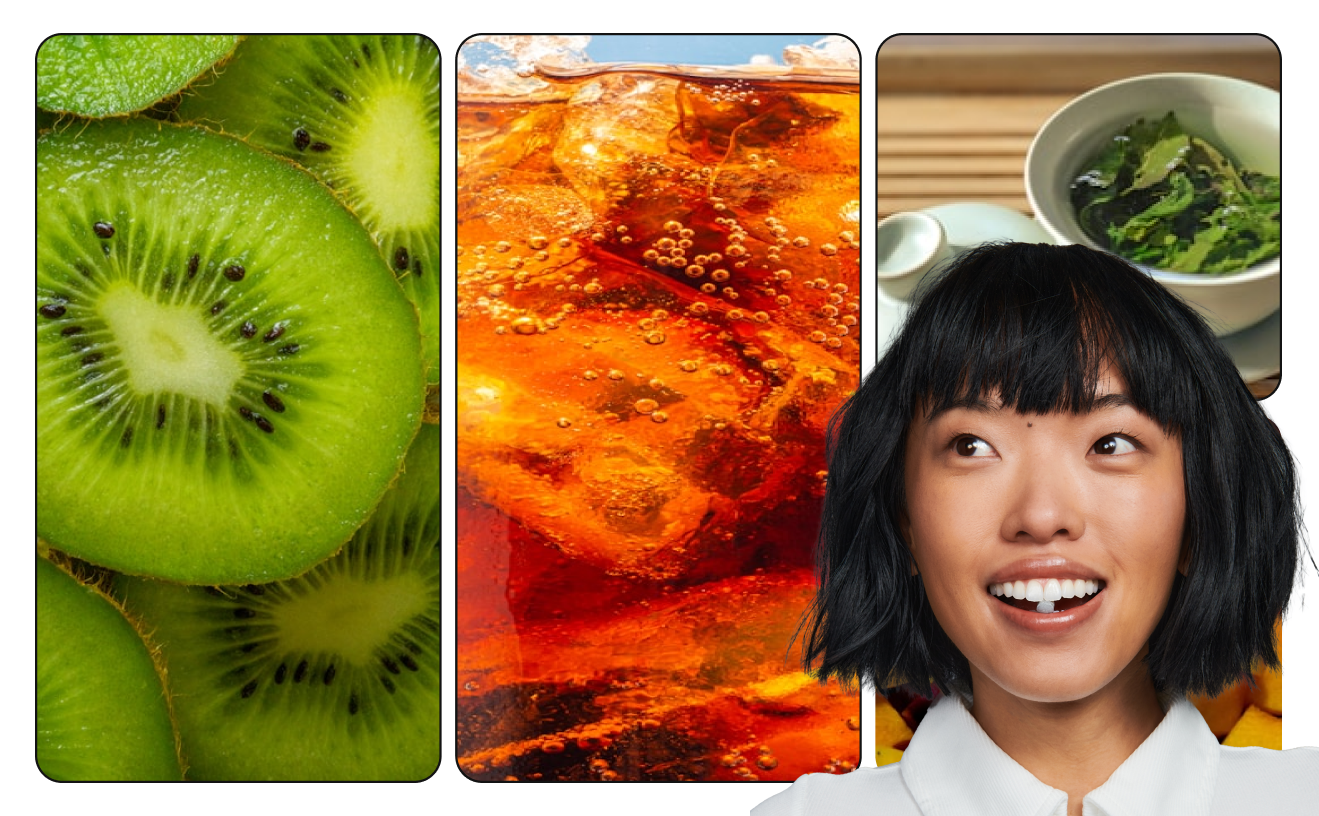How To Switch To Biodegradable Packaging Materials For Your Business
In this day and age, switching to a more environmentally friendly way of practicing business is becoming less of a suggestion and more of a requirement. Not only is this the ethical way to practice business, but essential adaptation as the world around us evolves and changes.
Younger consumers are focused on sustainability and are willing to spend extra money to ensure that the products they spend their money on align with their values. The new golden standard is using renewable resources in the product itself and a company committed to reducing its carbon footprint.
As these younger consumers become more substantial in the marketplace it is important to create a reputation for practicing sustainability sooner rather than later. Innovation is a constant in business, and innovative sustainable efforts is something that will benefit everyone involved.
One of the best ways to make a fast and fundamental change to your product’s current environmental footprint is replacing any traditional and single-use plastics. Instead, start using eco-friendly materials both in the actual product itself as well as the packaging.
How Do You Make Packaging Environmentally-Friendly?
Most packaging today is unnecessarily filled with plastic. Packaging, while a necessary part of a product, is generally meant to be thrown out. Protective packaging such as styrofoam, bubble wrap, inflatable air pillows, is simply used for damage free transport. Packaging is also a great opportunity to make an immediate connection with a customer, especially in a retail environment.
In typically over-cluttered retail environments, you and your product only have an incredibly brief window to make enough of an impact on the customer to get them to stop and learn more. This is an opportunity that should not be squandered and should instead be handled with careful consideration.
The good news is that making packaging that is equal parts eye-catching and environmentally friendly is possible. Oftentimes, these two crucial considerations go hand in hand.
As consumers, we are used to and bored of constantly being bombarded with packaging composed of single-use plastic. It is almost all that we see lining shelves or available to us online on a direct-to-consumer platform. In recent years, what really stands out, is packaging that has committed to being both aesthetically appealing and having a component of biodegradability.
Look into biodegradable packaging options and packaging material that will not end up in landfills. Say no to traditional plastics, and better yet, pursue compostable packaging and materials.
What Is the Most Environmentally-Friendly Packaging?
Less is more when it comes to environmentally friendly packaging. That being said, there is still a need for protective packaging that will ensure no damage comes to bulk shipments and product loads of any size.
Once the amount of packaging has been limited and decreased, however possible, it is time to get into eco-friendly alternatives for your remaining packaging.
What Are Some of the Most Common Eco-Friendly Packaging Materials?
The most common eco-friendly packaging materials are substances that do not contain traditional plastic. Instead, we can make use of biodegradable plastics. Biodegradable plastics are plant-based and made from corn starch, wheat, and other organic compounds.
Other than utilizing the power of biodegradable plastics in the packaging (especially in food packaging), other eco-friendly packaging materials include recyclable materials like cardboard.
Compostable materials form the gold standard of environmentally friendly packaging. That is because not only does compostable packaging not harm the environment, but it also actively gives back positively.
What Is Biodegradable Packaging?
The bulk of biodegradable packaging comes back to biodegradable plastics. Additionally, companies also utilize biodegradable packaging methods such as cardboard and paper. While these are some of the most common options that businesses turn to, that does not mean you cannot get more creative in your sustainability efforts.
What Kind of Packaging Materials are Biodegradable?
Most of the packaging we use today is biodegradable, which should be somewhat of a comfort. While there is certainly still work to do to improve the environmental effect packaging has on the planet, we are not starting from zero.
Some of the most common biodegradable materials that we already use in our packaging include cardboard boxes, biodegradable plastics (also known as “bioplastics”), paper bags, cardboard envelopes, and more. However, there is a way these biodegradable, recyclable, and often reusable options can be taken up yet another notch.
What Is the Most Biodegradable Kind of Packaging?
The most biodegradable kind of packaging is anything that leaves the environment better than we found it. For instance, mushrooms are being utilized as a form of protective packaging that can then be composted. More kinds of organic material can be used for this purpose other than just mushroom packaging.
Bite is proud to use compostable packaging materials in all of our envelopes. We never use plastic poly-mailers and instead utilize the power of kraft envelopes. It is deeply important to us to use compostable materials because composting is easily the best means of disposal available to us.
Not only is it completely zero-waste, but at the end of the process, we are also left with a soil substance from the compost that is high in nutrients.
Conclusion
Biodegradable packaging should be the top priority when companies are working towards more sustainable efforts. There is so much more that can be done to aid in our environment’s recovery when it comes to how we package and what we package with.
Sources:
Biodegradable Packaging in the Food Industry | Research Gate


